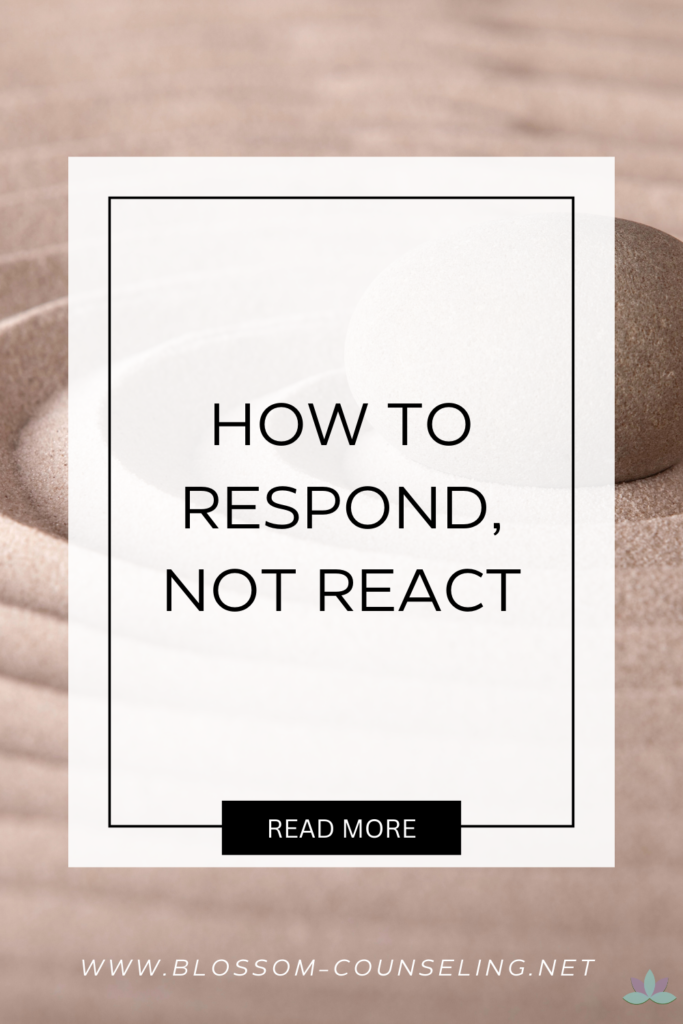
Have you ever found yourself feeling angry, only to be surprised by tears welling up in your eyes? You’re not alone! Grab a tissue, and let’s unravel the mystery behind those tears of anger.
Emotions are Complex
Emotions are intricate, and they often intertwine in ways that may surprise us. Anger, just like any other emotion, can trigger a range of physiological and psychological responses. Crying when angry is not unusual, and it’s important to recognize that it’s a valid and natural expression of our emotional state.
Emotional Overflow
Anger is an intense emotion that can stir up a whirlwind of feelings. When we experience overwhelming anger, our body’s response system, including our sympathetic nervous system, may become activated. This activation can lead to an overflow of emotions, resulting in tears as a release mechanism.
Biological Response
Our bodies are wired to respond to emotional stimuli in various ways. Tears, both in times of sadness and anger, are a physiological response triggered by our brain’s complex wiring. The act of crying helps regulate and release pent-up emotions, providing us with a sense of relief and catharsis.
Personal Vulnerabilities
Anger can be a masking emotion, often disguising underlying vulnerabilities such as hurt, disappointment, or fear. When we feel overwhelmed by these emotions, tears can surface as a way for our bodies to release and process these deeper feelings. It’s essential to acknowledge and address these underlying vulnerabilities for true emotional healing.
Social Conditioning
Societal expectations and conditioning also play a role in our responses to anger. We may have learned from a young age that anger should be suppressed or expressed in a particular way, leading to conflicting emotions and tears as an outlet for this internal conflict. It’s important to challenge and redefine societal expectations around emotional expression.
Emotional Release
Crying can serve as an emotional release, allowing us to let go of built-up tension and frustration. When anger reaches a peak, tears can help us release the intensity and regain a sense of emotional balance. Rather than seeing crying as a sign of weakness, embrace it as a powerful tool for emotional release and healing.
Embracing Emotional Awareness
Understanding and accepting the connection between anger and crying can help us become more emotionally aware and better equipped to navigate our complex emotional landscapes. By recognizing that tears are a natural part of our emotional responses, we can embrace vulnerability and cultivate healthier ways of expressing and managing our anger.
Crying when angry is a normal and valid response to the complex range of emotions we experience as humans. It’s important to honor and accept our emotional responses without judgment or shame. Crying can provide a cathartic release, allowing us to process and navigate our anger in a healthy way.
So, embrace those tears of anger as a testament to your emotional depth and capacity for self-expression. Remember, it’s okay to cry, and it doesn’t diminish your strength or resilience. Instead, it reflects your willingness to embrace and explore the intricate world of emotions.
|
|




